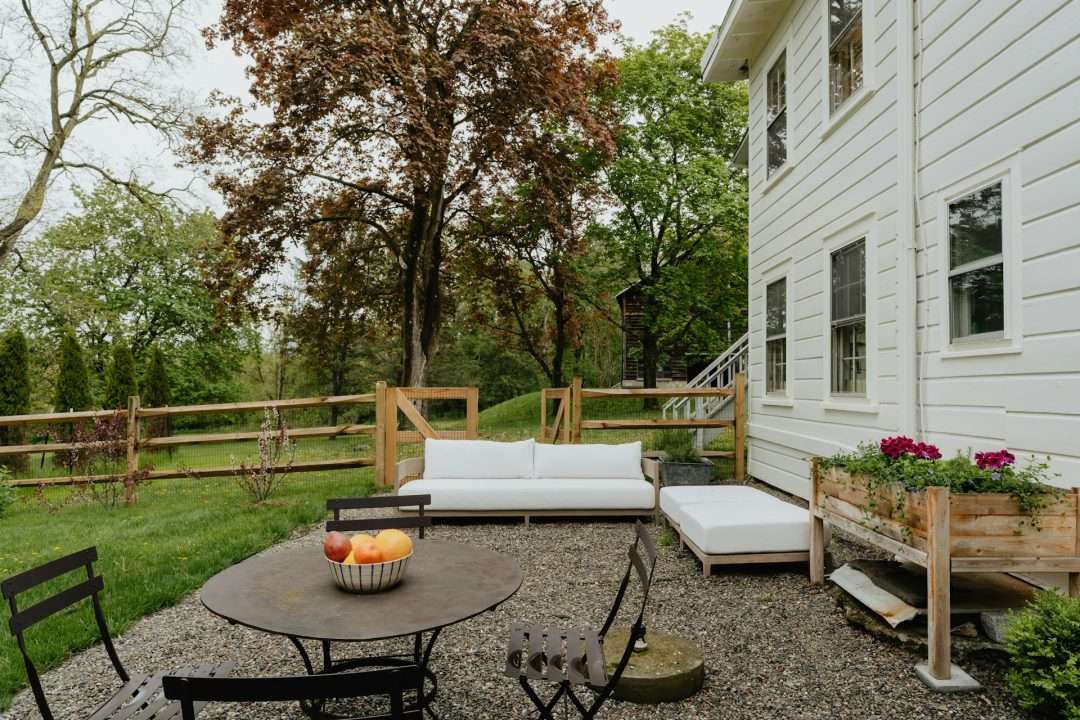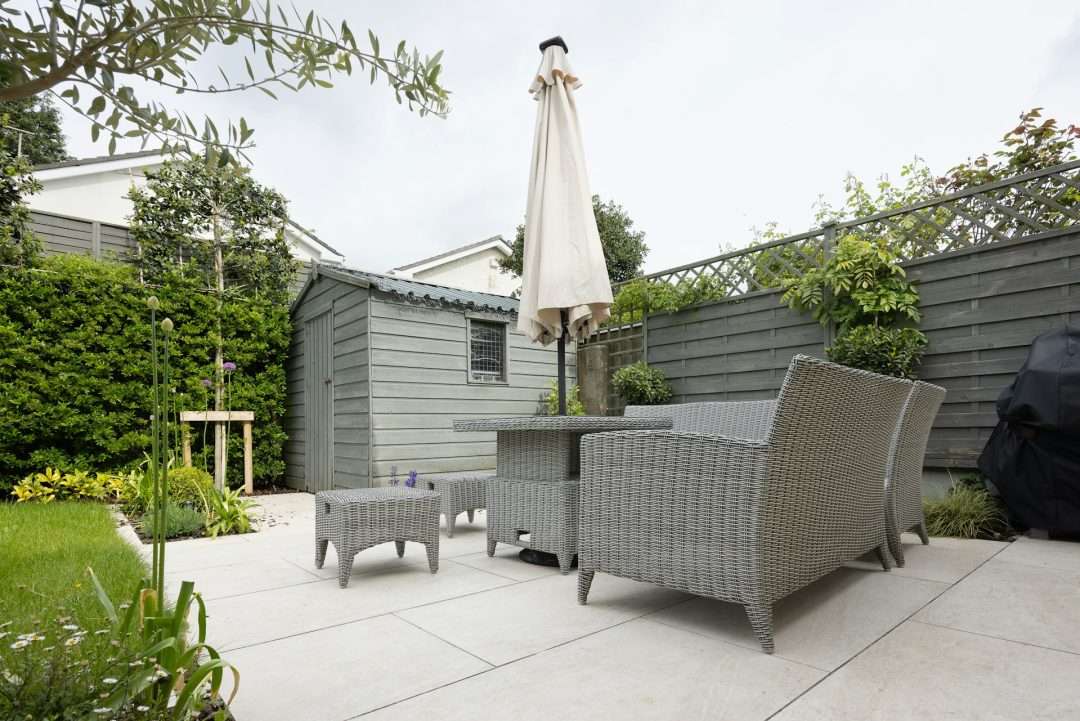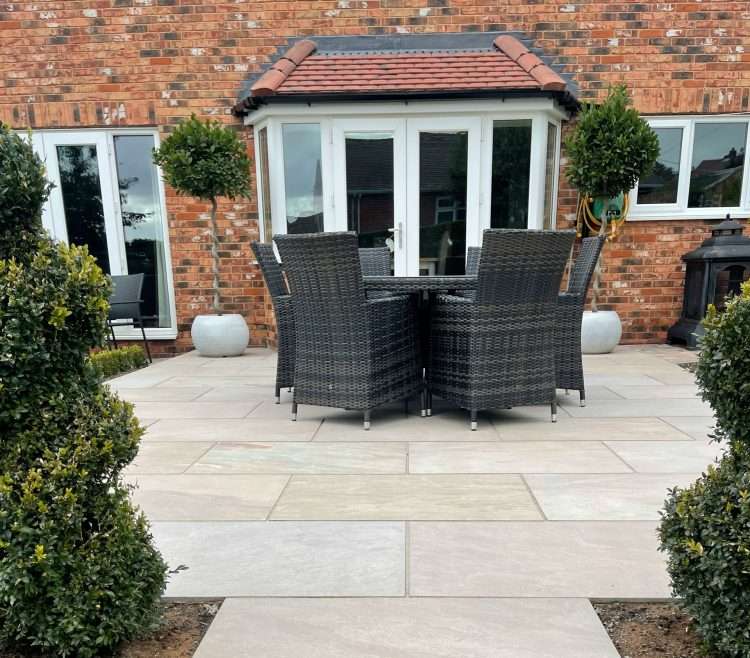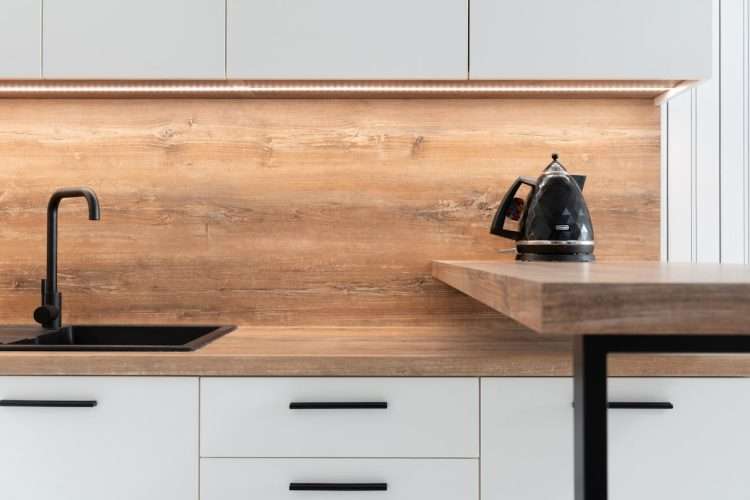Welcome to the world of garden furniture, where the choice of materials can make or break your outdoor oasis. For garden enthusiasts, selecting the right furniture is more than just picking something that looks good; it’s about finding pieces that blend seamlessly with your garden’s aesthetics, can withstand the elements, and offer comfort and durability.
In this blog post, we’ll explore five popular garden furniture materials—including wood, metal, rattan and wicker, plastic, and concrete and stone—and provide you with practical tips on how to choose the best one for your garden.
The Importance of Garden Furniture Materials
Garden furniture isn’t just a functional addition to your outdoor space; it’s an extension of your home. The right furniture can transform any garden into a cosy nook for relaxation, a vibrant centre for entertaining guests, or a peaceful retreat for solitary moments. However, with the variety of materials available, choosing the best garden furniture can be a daunting task. Each material comes with its own set of advantages, disadvantages, and maintenance requirements, making it crucial to make an informed decision.
Exploring the Five Materials
Wood
Advantages and Disadvantages
Wooden garden furniture exudes a timeless charm that appeals to many garden enthusiasts. Its natural look blends beautifully with outdoor settings and can be treated or painted to match various styles. Hardwood options like teak, oak, and eucalyptus are particularly popular due to their durability and resistance to weather changes. However, wooden furniture can be prone to rot, mould, and insect damage if not properly maintained.
Best Use Scenarios and Care Tips
Wooden furniture is perfect for gardens aiming for a rustic or classic look. To extend its lifespan, consider placing it in shaded areas or under a permanent cover (e.g. a gazebo) and apply a protective sealant annually. Regular cleaning with soapy water and a soft brush will prevent dirt build-up. Additionally, using covers during harsh weather conditions can significantly enhance its longevity.
Metal
Comparisons Between Aluminium, Steel, and Wrought Iron
Metal furniture is celebrated for its strength and modern appeal. Aluminium is lightweight, rust-resistant, and requires minimal maintenance, making it ideal for areas with high humidity. Steel furniture is robust and can support more weight but may rust over time without proper care. Wrought iron, with its intricate designs, offers a vintage aesthetic but is the heaviest and requires regular upkeep to prevent rust.
Durability, Maintenance, and Styling Options
Aluminium furniture is an excellent choice for those seeking low maintenance and modern designs. A simple wipe-down with a damp cloth is usually sufficient to keep it clean. For steel and wrought iron, applying a rust-resistant primer and paint can protect the furniture. Incorporating cushions and throws can also soften the look and add comfort.

Rattan and Wicker
Characteristics and Differences
Rattan and wicker furniture bring a touch of elegance to any garden. While often used interchangeably, rattan refers to the material, whereas wicker describes the weaving process. Synthetic rattan, made from polyethylene, offers greater weather resistance compared to natural rattan.
Weather Resistance and Maintenance
Choose rattan furniture for your garden if you want a sophisticated yet durable option. Synthetic rattan is UV-resistant and water-repellent, making it suitable for outdoor use. To clean, simply rinse with water and mild soap. Natural rattan, though beautiful, should be kept under covered areas to avoid prolonged exposure to sun and rain.
Plastic
Affordability and Versatility
Plastic garden furniture is a budget-friendly and versatile option available in a plethora of colours and styles. It’s lightweight, making it easy to move around, and resistant to moisture and pests. However, prolonged exposure to sunlight can cause fading and brittleness over time.
Longevity and Environmental Impact
While affordable, plastic furniture isn’t the most eco-friendly choice. Opt for recycled plastic versions to reduce environmental impact. To maintain, clean regularly with a damp cloth and store indoors during extreme weather. Despite its drawbacks, plastic furniture is ideal for those seeking low-cost and low-maintenance solutions.
Concrete and Stone
Unique Features such as Weight and Permanence
Concrete and stone furniture are the epitome of durability and permanence. Their substantial weight ensures stability, even in windy conditions. Furthermore, these materials offer a modern, industrial aesthetic and can be custom-shaped and coloured to suit your garden’s design.
Design Considerations and Care
Due to their weight, concrete and stone furniture are best suited for permanent installations rather than movable seating areas. They require minimal maintenance—just occasional cleaning with water and mild detergent. Adding cushions can enhance comfort and soften the look.
How to Choose the Right Material
Choosing the best garden furniture material involves considering several factors:
- Climate:
- Wood and metal each have different tolerances to weather conditions.
- Plastic offers great resistance to moisture (ideal for rainy British weather!), while rattan is typically better in shaded areas.
- Aesthetics:
- Wooden furniture offers a classic look, while metal can cater to both modern and vintage tastes.
- Rattan is elegant, and plastic is versatile in design options.
- Concrete and stone provide a sleek, industrial feel.
- Maintenance:
- Wood requires sealing and protective covers.
- Metal may need rust treatments, while plastic and synthetic rattan require minimal upkeep.
- Concrete and stone need occasional cleaning.
- Budget:
- Plastic is the most affordable, followed by some types of wood and metal.
- High-quality rattan and stone are more expensive but offer long-term value.

Some Theme Examples
To give you a better idea of the impact materials can have on your outdoor space, here are some themes of gardens featuring different materials:
- The Modern Retreat:
- Furniture: Aluminium and glass.
- Features: Sleek lines, neutral colours, minimalistic approach.
- Advantages: Low maintenance, contemporary look.
- The Classic English Garden:
- Furniture: Teak wood.
- Features: Traditional designs, lush greenery.
- Advantages: Timeless appeal, durability with proper care.
- The Mediterranean Paradise:
- Furniture: Natural rattan.
- Features: Warm tones, cosy seating areas.
- Advantages: Elegant, comfortable, blends well with natural surroundings.
Bringing It All Together
In summary, the right garden furniture can elevate your outdoor space, providing both functionality and beauty. By carefully considering the characteristics and maintenance needs of each material, you can select the best garden furniture that aligns with your preferences and lifestyle.
We encourage readers to share their own experiences and tips in the comments section below. Have you had great success with a particular material, or encountered challenges? Your insights can help fellow garden enthusiasts make informed decisions.
For those looking to refine their garden setup, why not explore further and see what other enthusiasts recommend? Your dream garden is just a few thoughtful choices away.





Comments
QAKmhJKTjZBnUrDsZdMFmny
ceJeUmCfdGobhDJhzdMlsQ
QAKmhJKTjZBnUrDsZdMFmny
ceJeUmCfdGobhDJhzdMlsQ
SMIwjTqiWQg
oRNYlHmeChbKO
SMIwjTqiWQg
oRNYlHmeChbKO
SMIwjTqiWQg
oRNYlHmeChbKO